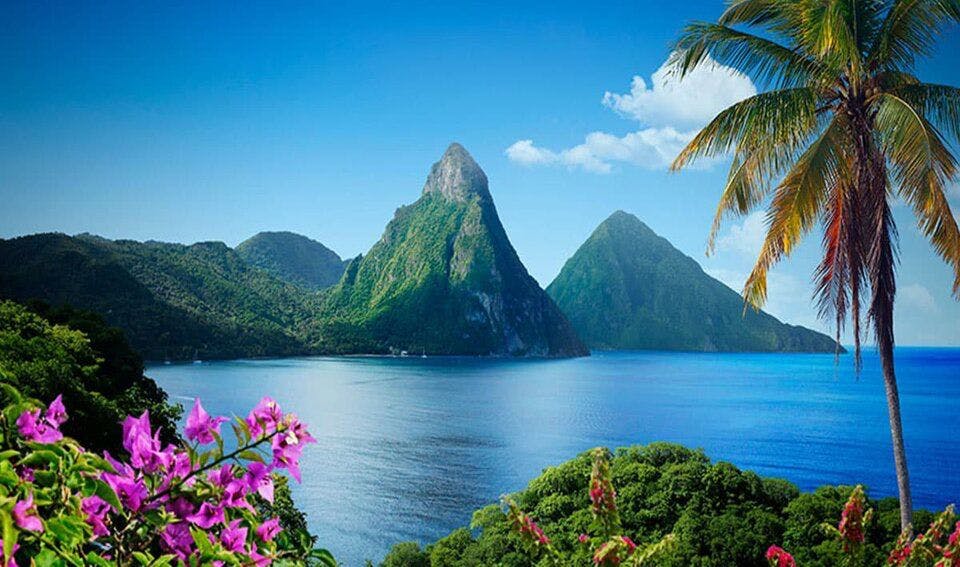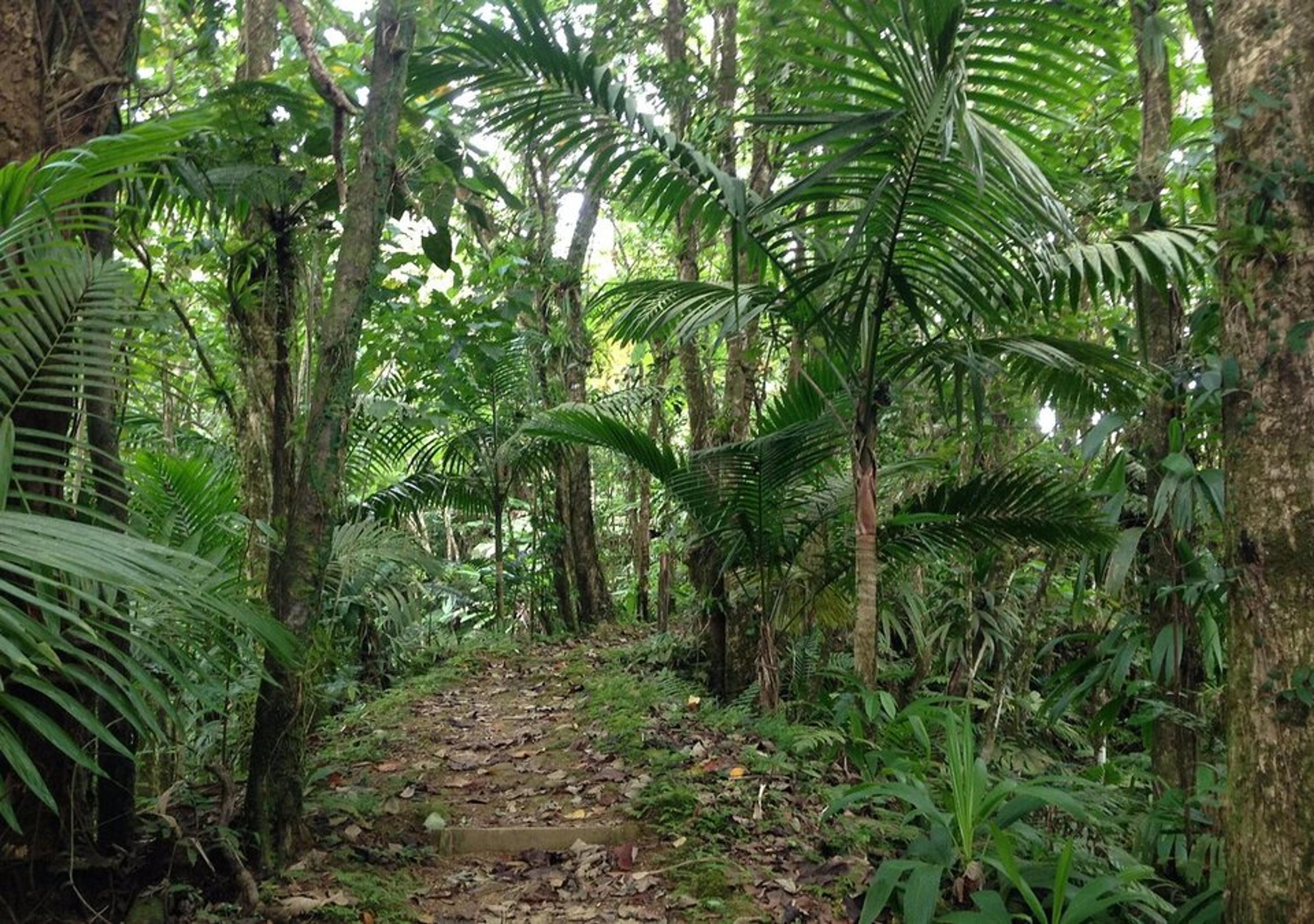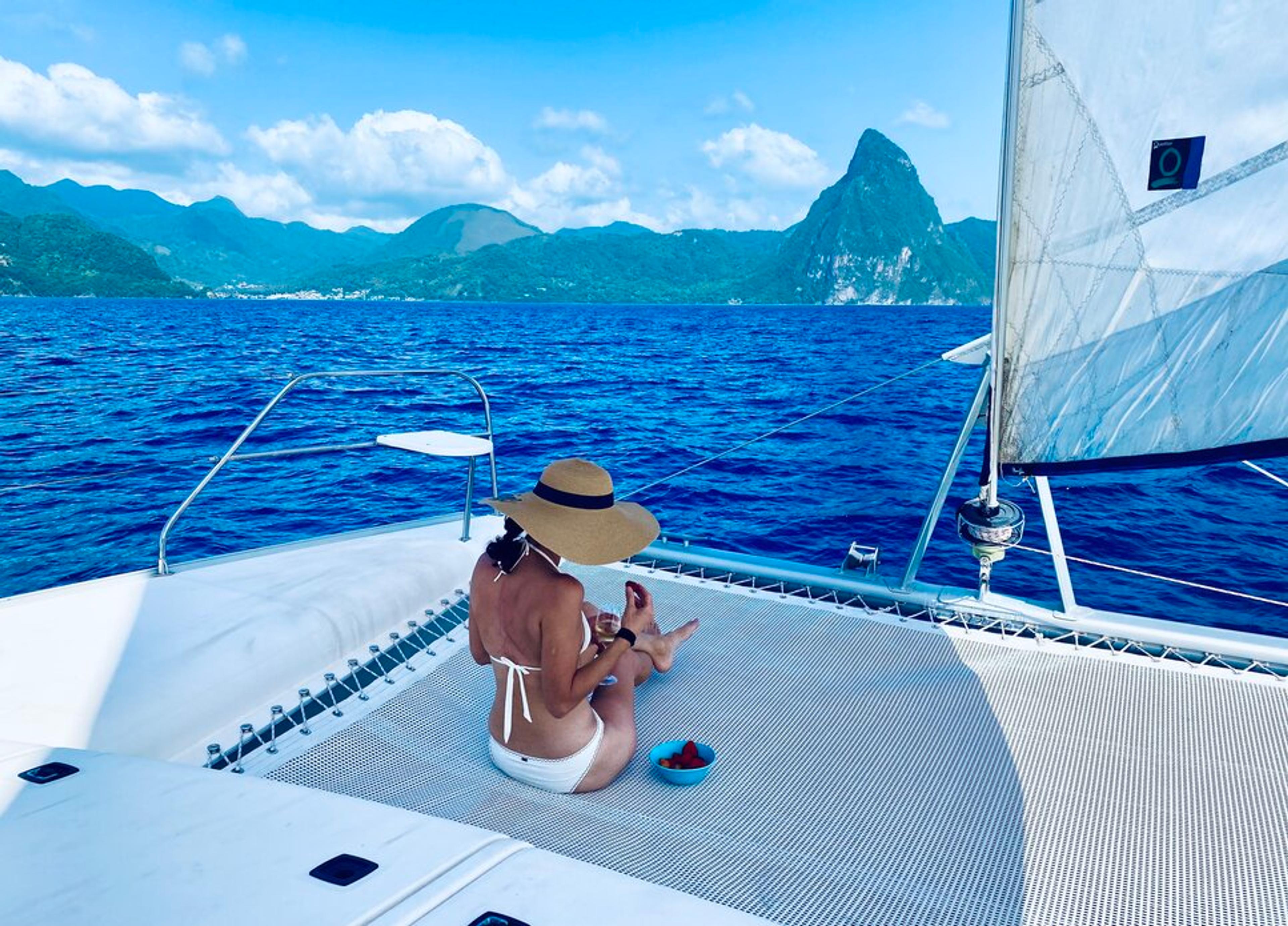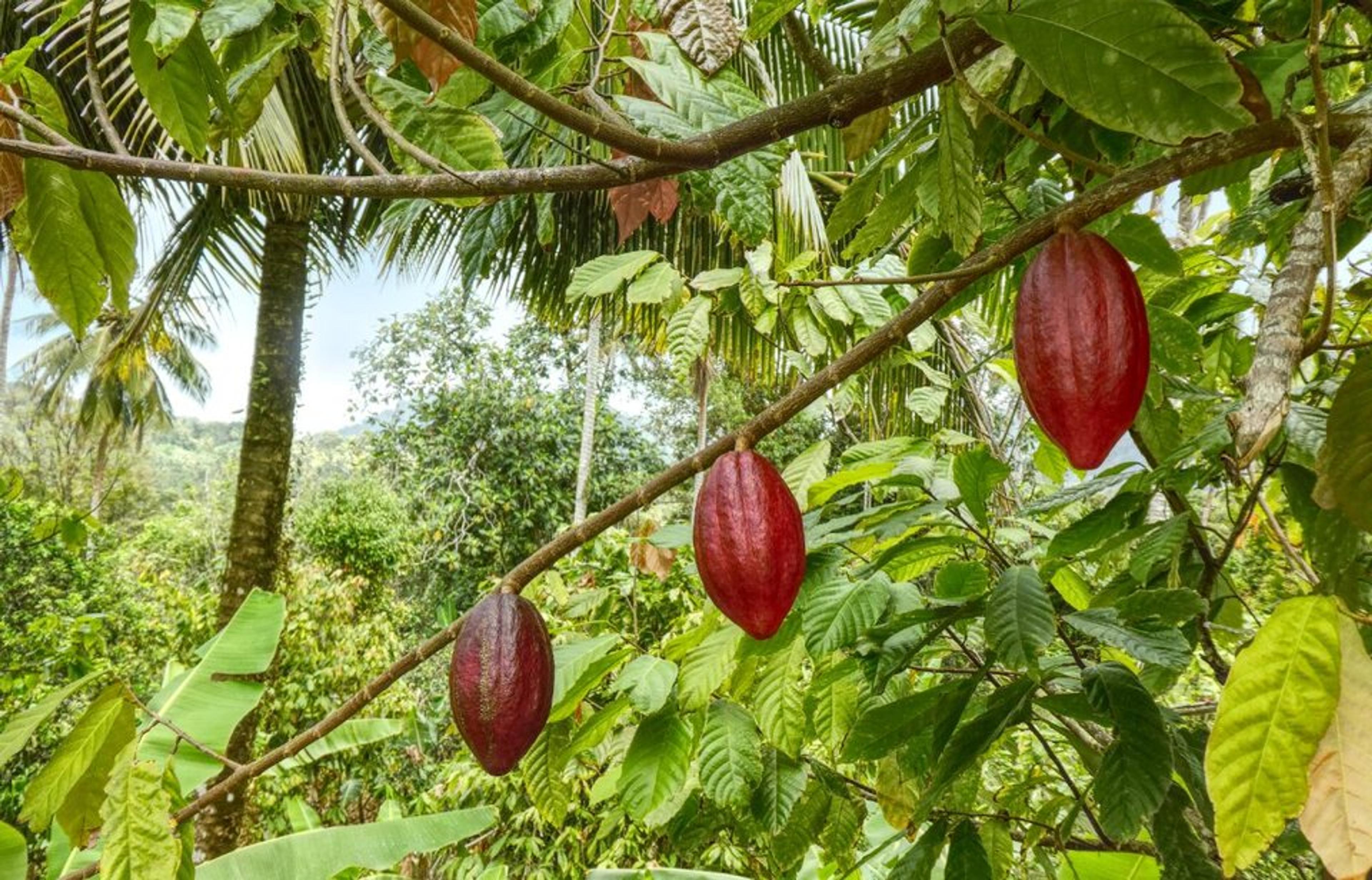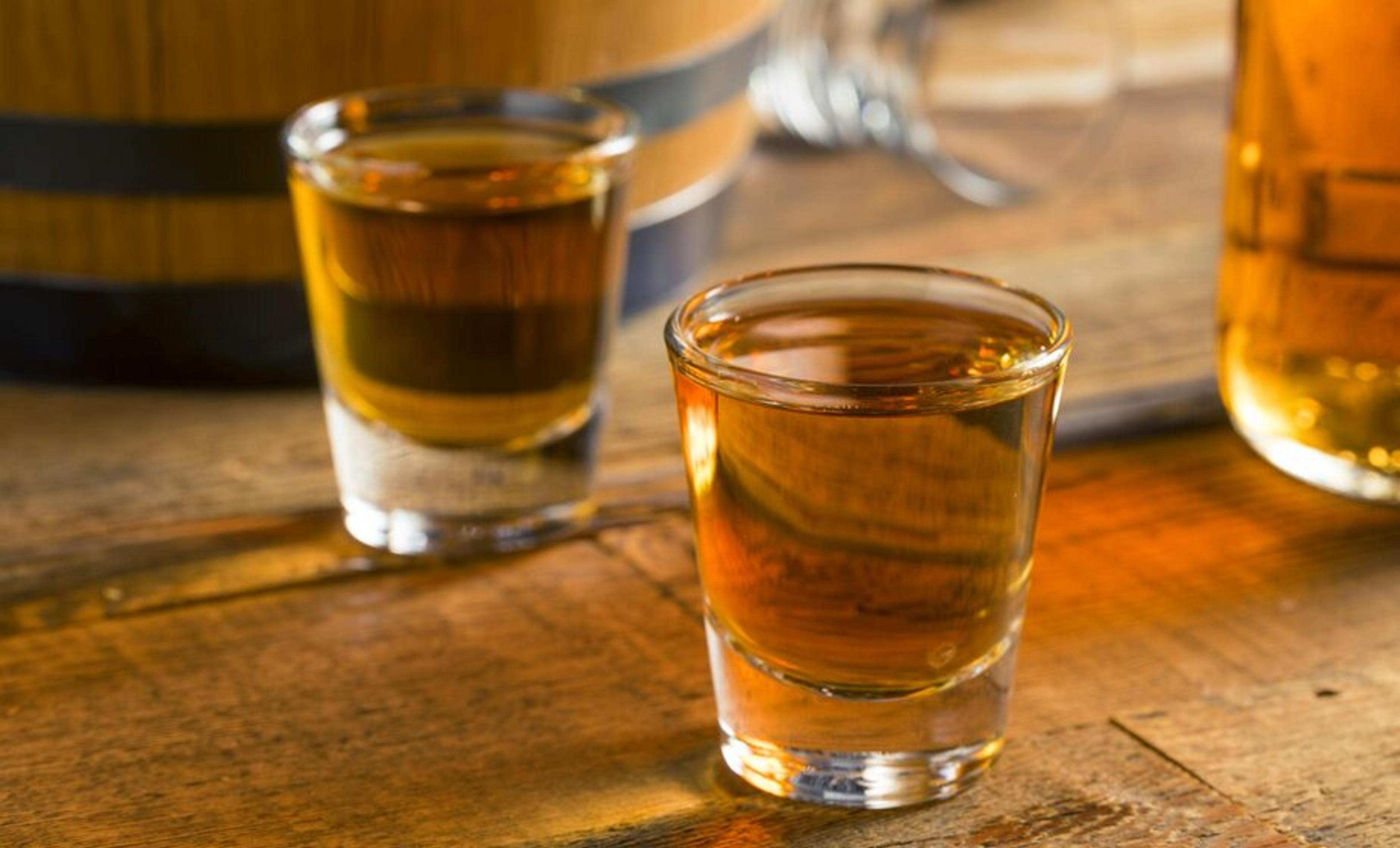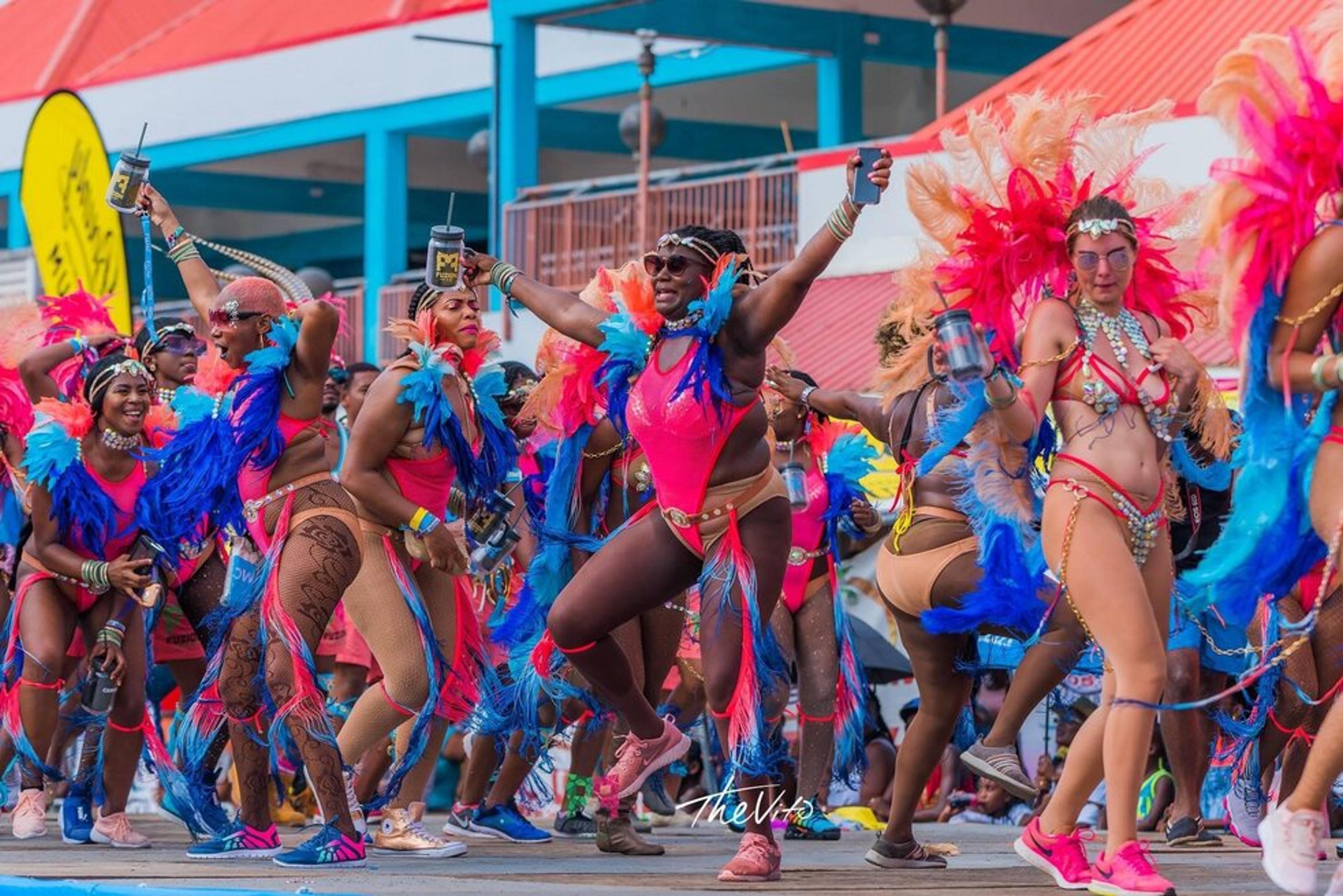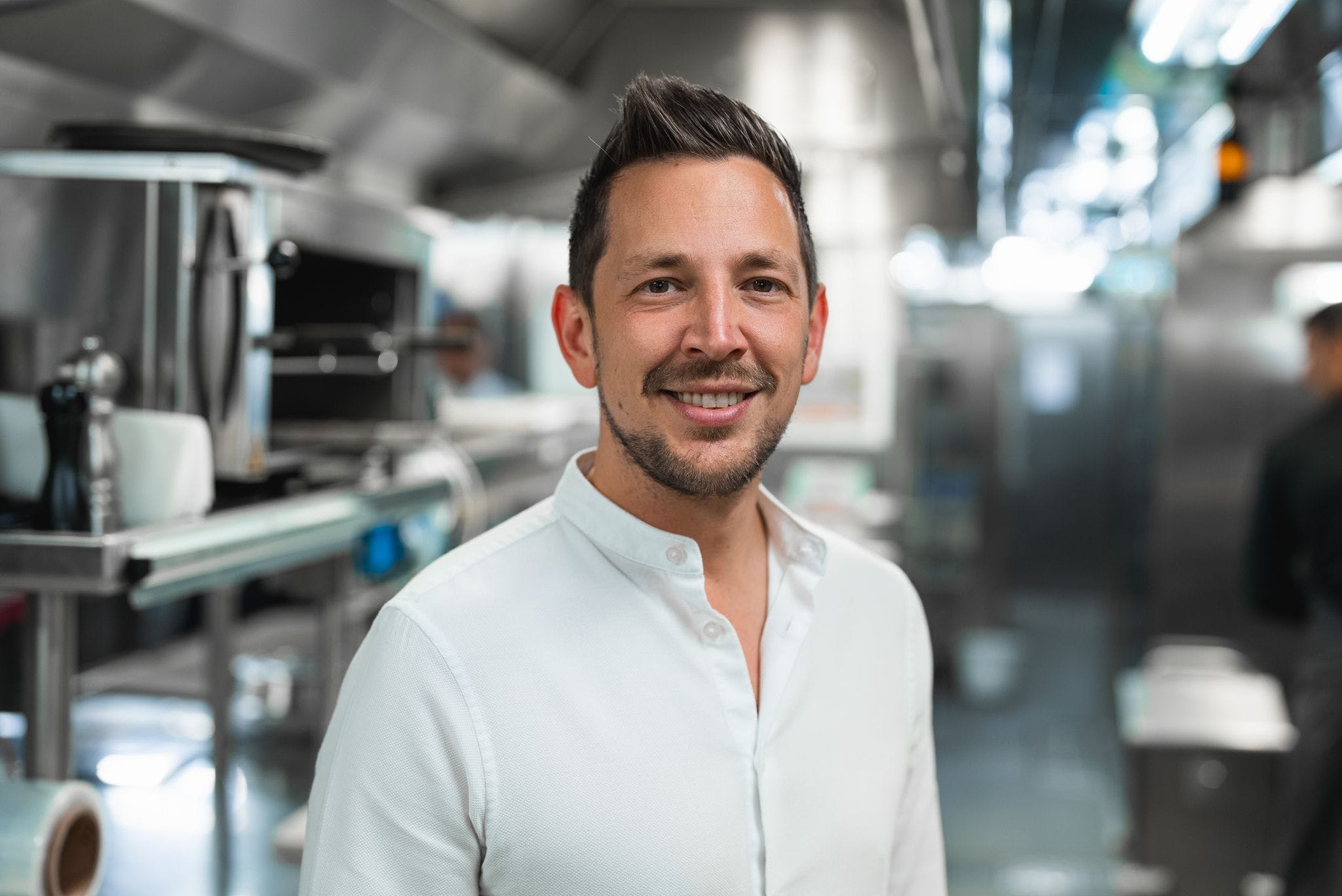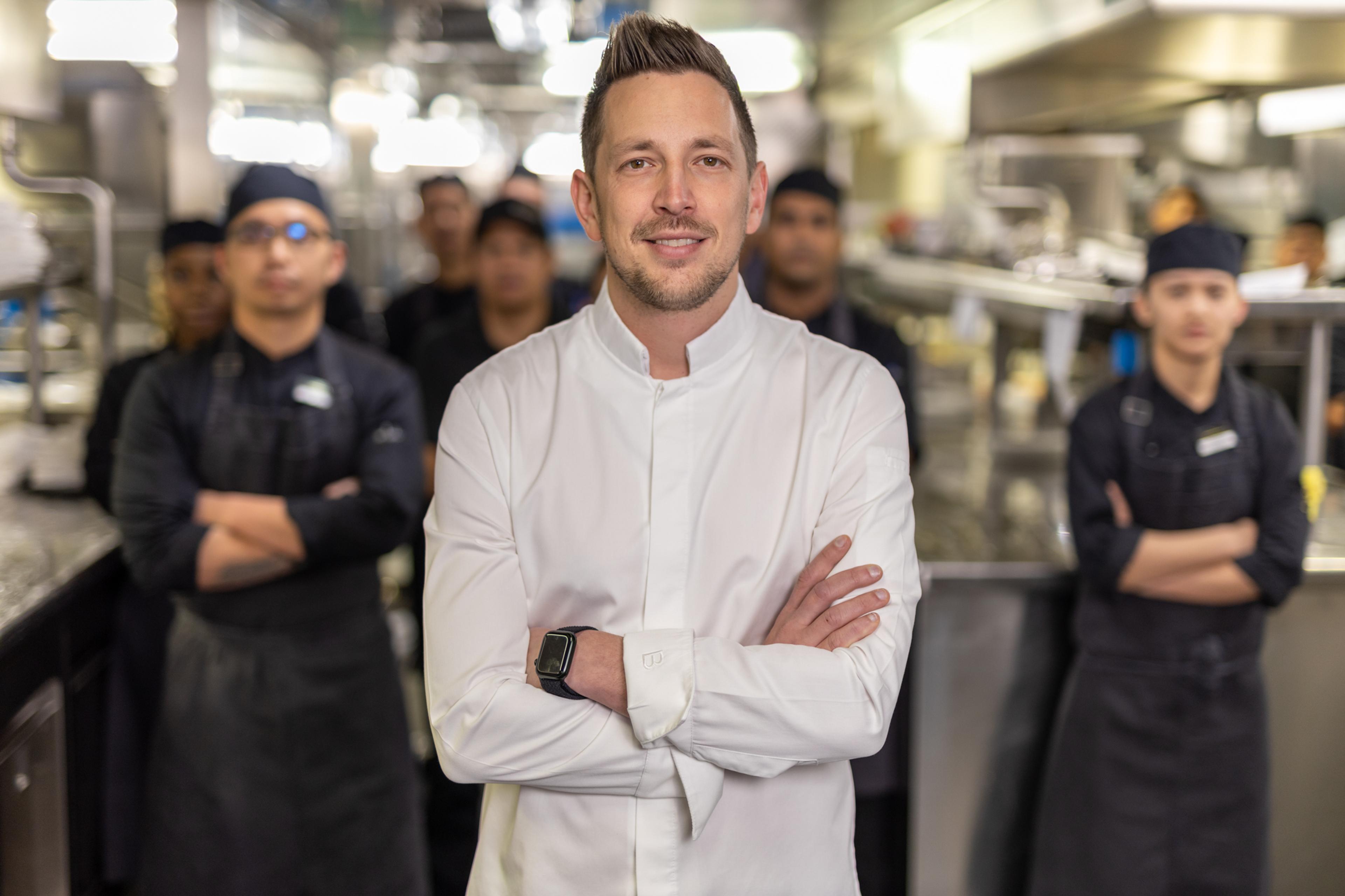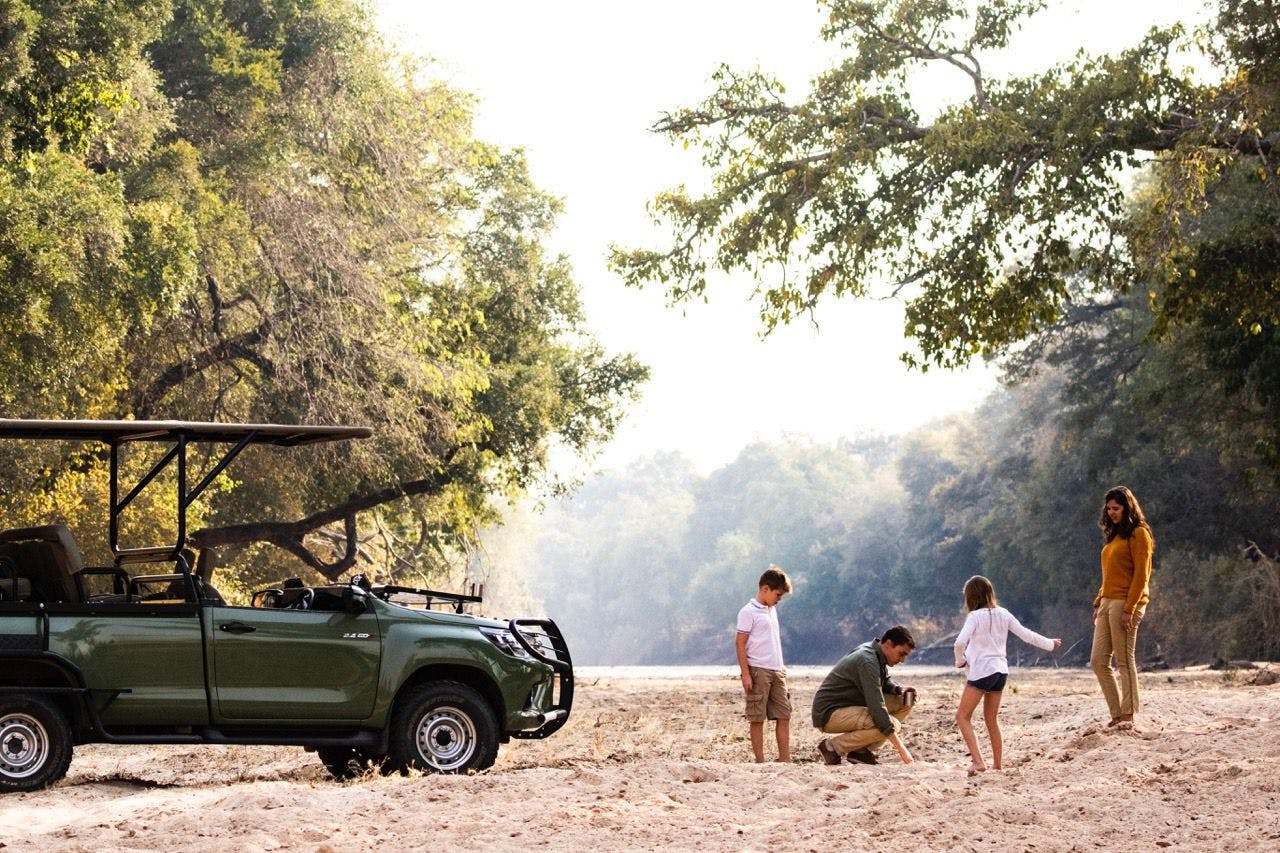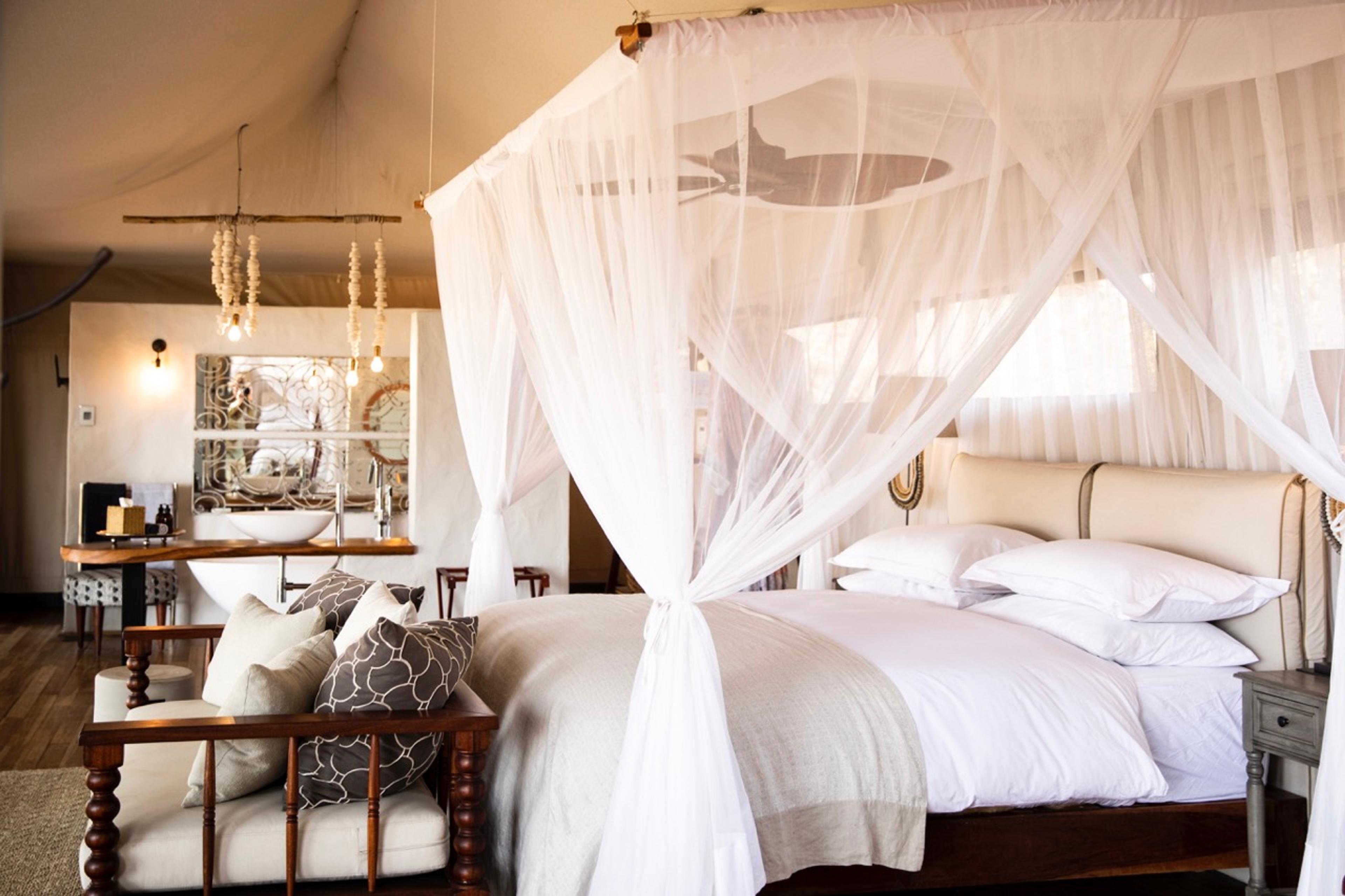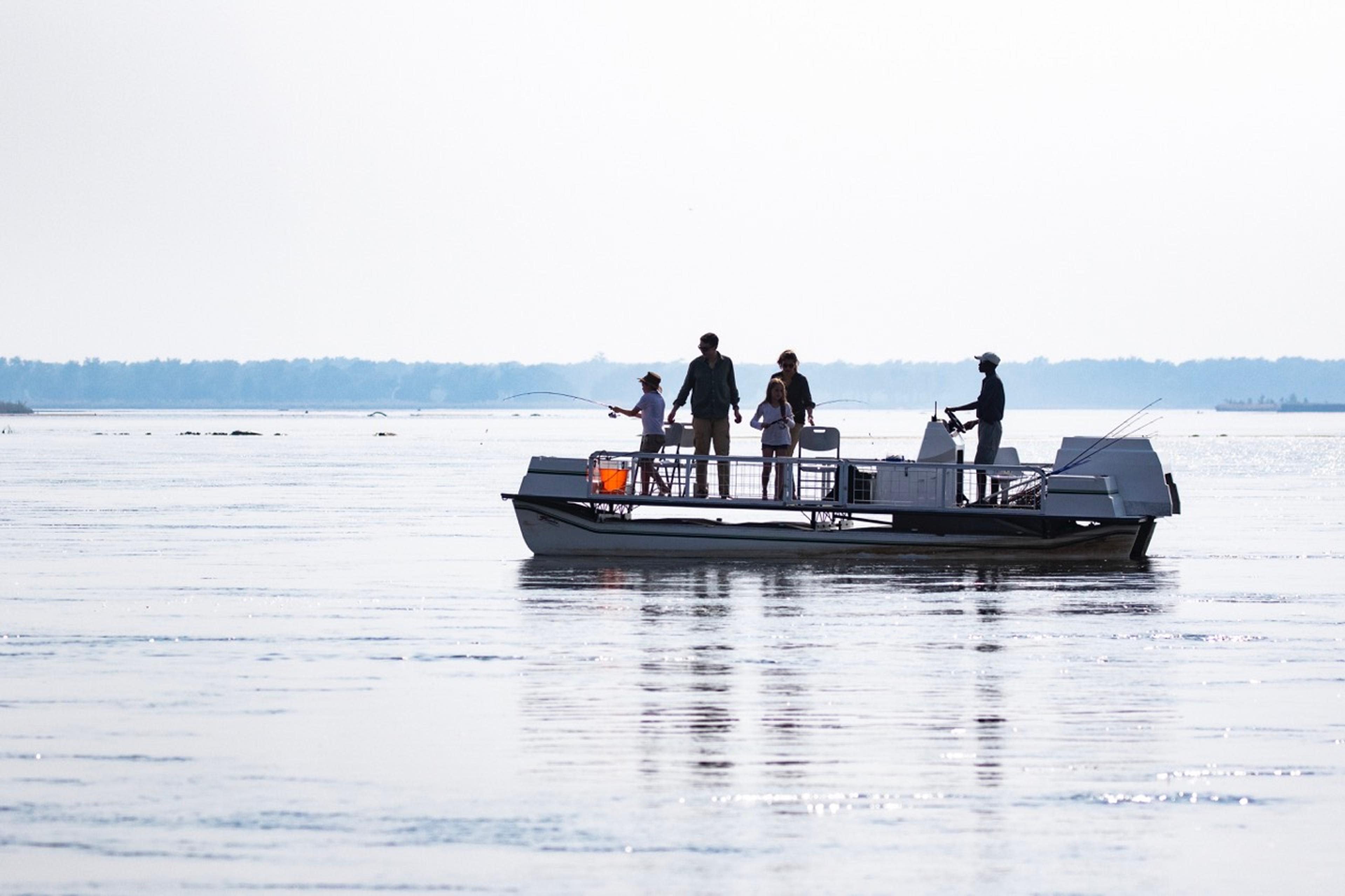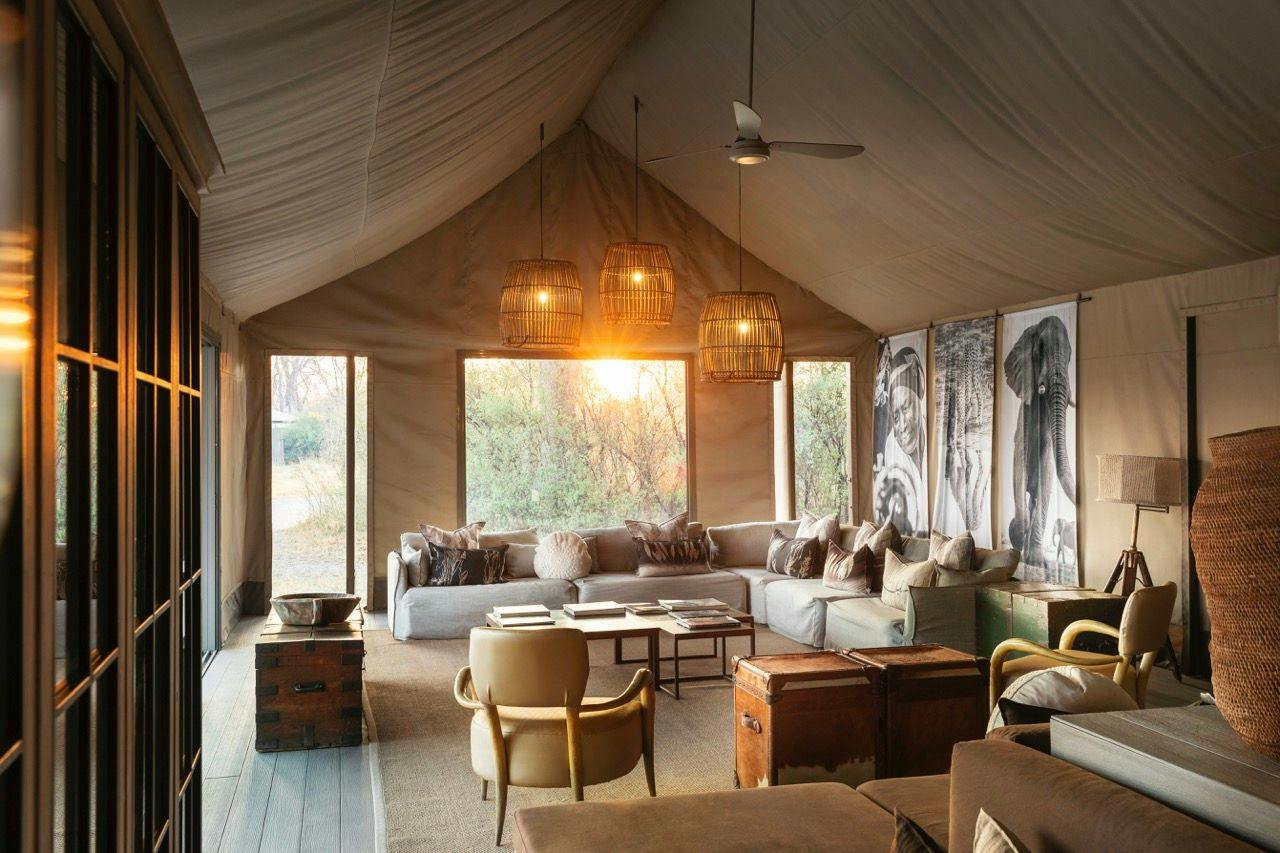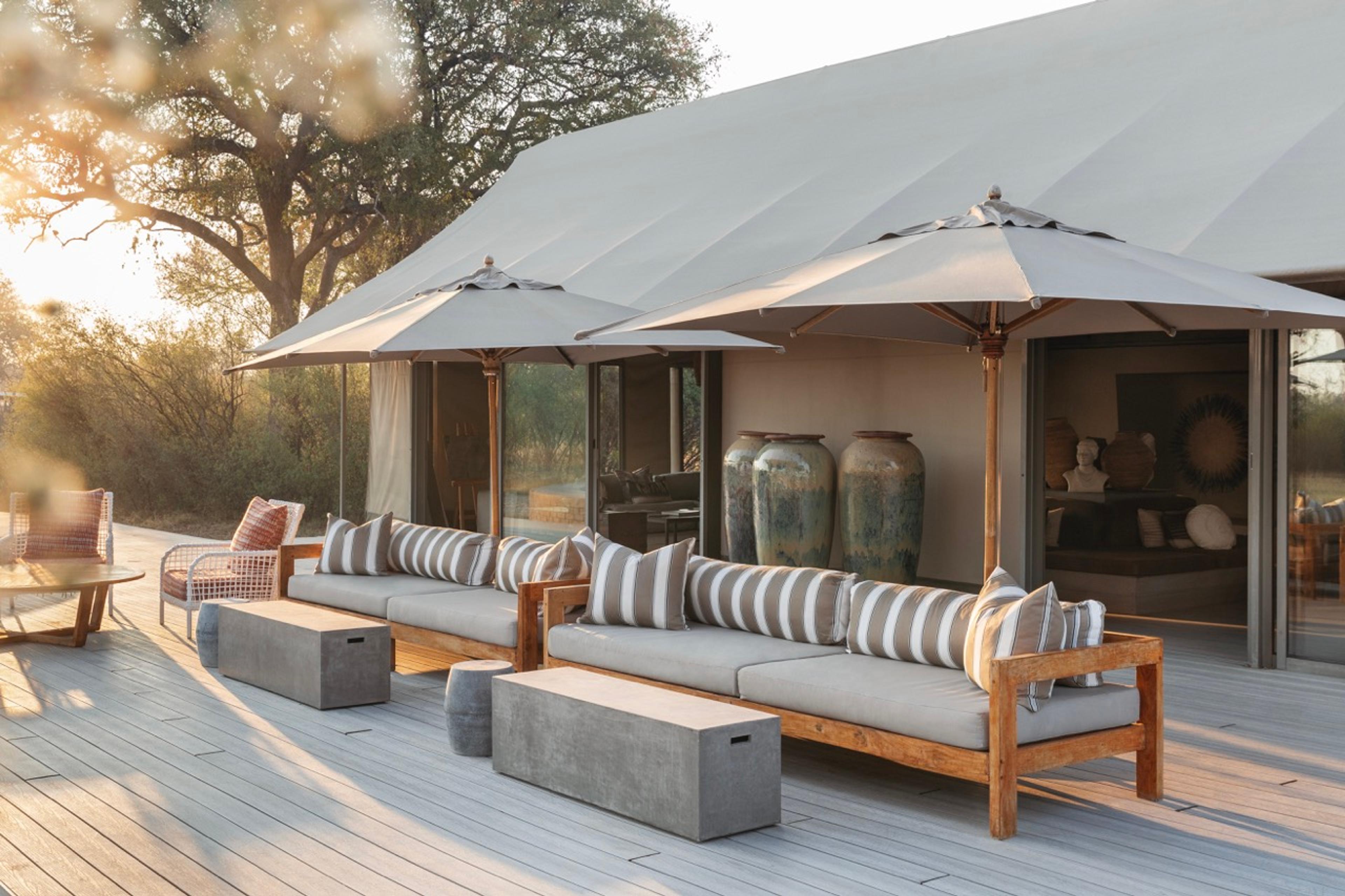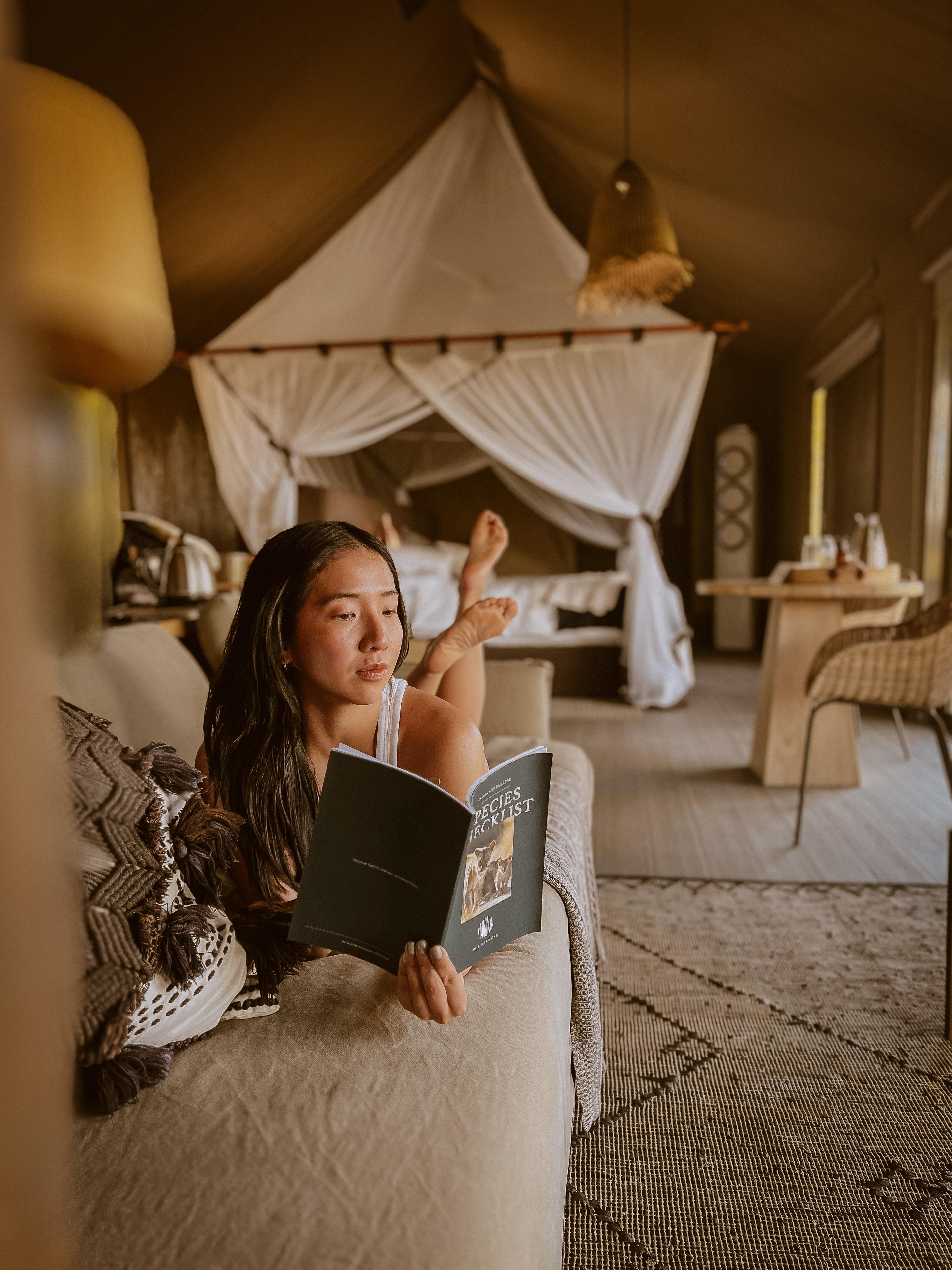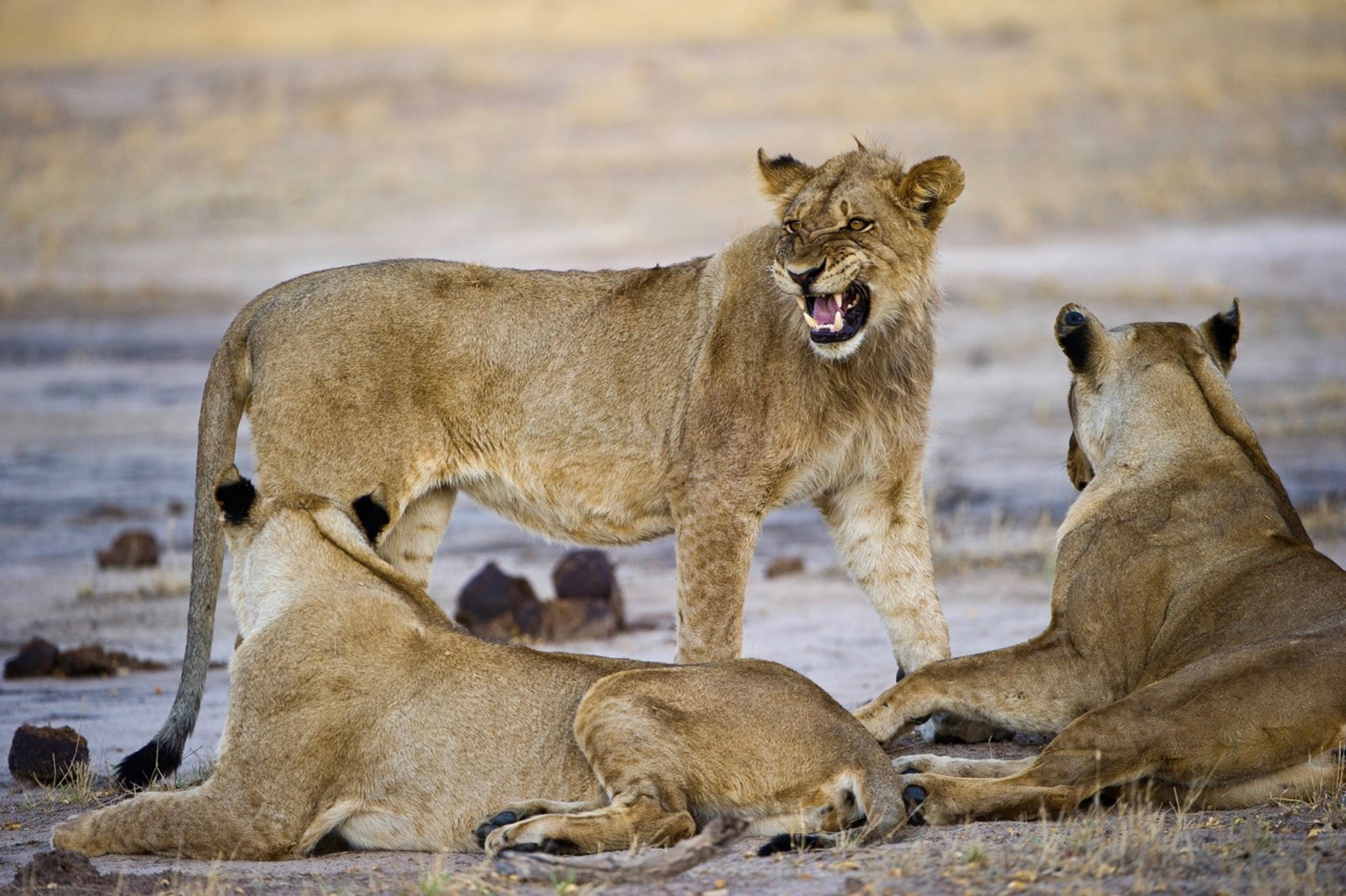If I say camping in the Australian wilderness you’d be forgiven for being a little skeptical. From unfriendly wildlife to just plain uncomfortable temperatures, the Australian outback is not for the faint of heart. That is unless you’re safely tucked away in a 5 star luxury camping experience that combines all of the most beautiful elements of Australia’s rugged outdoors with all of the creature comforts, but none of the uncomfortable creatures.
Australia as a whole is a fairly undeveloped country with plenty of wide open spaces, abundant in natural beauty and local culture. And whilst those of us who call this lucky country home tend to flock to the coastal regions, there’s a lot to be said for hitting the road and heading out into the red heart of Australia. Those that do venture out there are rewarded with an experience of Australia unlike any other they’ve had before.
No matter what corner of this wide land you’re keen to visit, there’s sure to be a luxury camping experience nearby for you to soak in all the natural beauty around you. Here I’ve used my local advantage and put in the leg work, to find the very best (in my opinion) we have to offer, so that all you have to do is make the booking.
Queensland
Queensland. The sun soaked east coast king of Australia. In my unbiased opinion of course. Whilst our fine capital city Brisbane doesn’t really provide a lot of competition for big city Sydney, or cool, artsy Melbourne, Queensland does boast possibly the finest, and most predictable, weather in the country and a ‘beautiful one day, perfect the next’ claim to fame that really can’t be denied.
Nightfall Camp; Lamington National Park
Located about 2 hours drive from Brisbane, Nightfall Camp is located within the World Heritage Listed rainforest region of Lamington National Park, in landscape shaped by lava flows from over 24 million years ago and dense forestation that hides an array of local flora and fauna unlike those found anywhere else in the world. The camp site is completely solar powered and sustainably run, blending the history, geology and indigenous culture of the area into a truly unforgettable experience.
View this post on Instagram
A post shared by Nightfall (@nightfallcamp) on Jun 9, 2019 at 12:11am PDT
Daintree EcoLodge
Located in another World Heritage Listed jewel in Mother Nature’s crown is the Daintree EcoLodge, about an hour and a half drive from Cairns in tropical far north Queensland. Believed to be over 135 million years old, the Daintree Rainforest is the oldest tropical lowland rainforest in the world, and can be admired here from one of 15 unique canopy treehouses. High above one of the oldest landscapes in the world makes the Daintree EcoLodge one of the most beautiful places to disconnect, relax and recharge whilst soaking in the natural beauty of a land as close to before time as you can get.
The Northern Territory
The beating red heart of Australia; the Northern Territory is a frontier not even many native Aussies have crossed. Whilst the lack of white sandy beaches and the desert climate might seem a little off putting, its definitely worth braving the heat for a genuine outback Australian experience that not many can boast about having.
Longitude 131
In the shadow of the iconic and Australia’s most recognisable natural formation, Uluru rock, Longitude 131 sits in the desert heartland of Australia’s Red Centre, surrounded by the immense beauty of a landscape untouched since the dawn of time. The lodge rests upon the iconic red dunes of the Australian outback and is one of the best places to get in touch with the oldest continuous culture in the world. It’s believed that the sight of Uluru will have a profound impact on your spiritual wellbeing, but don’t take my word for it, get out there and experience it for yourself.
View this post on Instagram
A post shared by @longitude131 (@longitude131) on Jun 13, 2019 at 3:27am PDT
Banubanu Beach Retreat
A little bit less accessible than the rest on this list (as all good destinations are) Banubanu Beach Retreat is located on Bremer Island off the coast of East Arnhem Land and can be accessed by a 15 minute flight leaving Gove Airport. The retreat is located on the traditional land of the Yolgnu people and is used with their permission; introducing travellers to truly sustainable, eco friendly living, in one of the most untouched corners of the world. With beautiful beaches, pristine sunsets and a secluded location, Banubanu is the perfect place to unwind and reconnect with nature.
Western Australia
The biggest state in Australia, WA has the most backyard to play around in, and what a backyard it is. And whilst the east coast of Australia is beautiful, the west coast is something truly unique. Think rust red soil, turquoise waters and kangaroo infested beaches; all primed and ready for your Instagram feed.
Sal Salis Ningaloo Reef
Located on Australia’s other great reef, Ningaloo, Sal Salis is a beach safari camp that seamlessly blends the rugged West Australian Outback with the pristine waters of the Indian Ocean. Nestled amongst the sand dunes of the Cape Range National Park, the retreat is completely sustainably managed, free from the distractions of the modern world, from televisions to wifi. It’s the perfect place to disconnect from the frenetic pace of our modern digital world, and still enjoy the view.
View this post on Instagram
A post shared by CNN Travel (@cnntravel) on Oct 8, 2018 at 2:19pm PDT
Kooljaman at Cape Leveque
100% indigenous owned; the team at at Kooljaman have designed an off the grid retreat unlike any other in the world. Focusing exclusively on Aboriginal values of land and sea care; the retreat has been designed using the locals extensive knowledge of the land and as such, Kooljaman is one of the best luxury camping destinations for immersing yourself fully in the indigenous culture of Australia. Surrounded by beautiful landscapes and vibrant and unique wildlife, Kooljaman makes for a truly unforgettable experience.
South Australia
Known for world class vineyards, great festivals and sporting events, and a town where people live under the ground, South Australia is a powerhouse destination in Australia if you love beautiful scenery, friendly locals and snobby accents. (Just kidding SA).
Ikara Safari Camp
Located about 4 hours drive from the South Australian capital, Adelaide, in the Wilpena Pound Resort, the Ikara Safari Camp calls the Ikara Flinders Ranges National Park home. Made up of jagged red mountains and ancient gorges, the Flinders Ranges are a significant spiritual place for the local indigenous communities, due to its proliferation of ancient rock art and the natural giant amphitheatre; Wilpena Pound, where Ikara Safari Camp is located. Safely tucked away in one of the most luxurious tents around, there is nothing standing in the way of you fully connecting with your unique and beautiful surrounds.
View this post on Instagram
A post shared by South Australia (@southaustralia) on Nov 21, 2016 at 1:17am PST
Victoria
With such a powerhouse and vibrant capital city like Melbourne, you’d be forgiven for eschewing the rest of small state of Victoria in favour of Melbourne’s bustling dining, arts and culture scenes. Forgiven yes, but wise no. Victoria is home to some of Australia’s premier wine regions, beautiful panoramic vistas and some of the best coffee in the country.
Cosy Tents
Located around an hour and half drive from Melbourne in the Macedon Ranges, Cosy Tents that seamlessly blends the relaxation and serenity of a night spent under the stars with the modern comforts of a hotel room. The location is the perfect place to explore the countless art galleries, vineyards and boutique stores that country Victoria has to offer, allowing you to step out of the hustle and bustle of Melbourne’s city centre and explore the great outdoors, in the most luxurious way you can.
View this post on Instagram
A post shared by COSY TENTS ▪ GLAMPING (@cosytents) on Jun 1, 2018 at 12:13am PDT
Balgownie Estate Winery Retreat and Vineyard
Located around 2 hours drive from Melbourne, the Balgownie Estate Winery Retreat is one of Australia’s premier wine regions. Here you’ll be set up with a luxe tent replete with split system air-conditioning and a view over sprawling hills and gorgeous vineyards before whiling away your evening sampling the beautiful wines and delicious food characteristic of this region of Australia.
New South Wales
When you’re talking Australia, its Sydney that comes to mind first. With its iconic Opera House and its Harbour Bridge, Sydney is kind of the real poster boy for Australia. But beyond the bustling big city, New South Wales offers a nature lovers paradise, from the World Heritage listed Blue Mountain region to white sand beaches reserved almost exclusively for postcards. It’s also Australia’s first official state, and as such as some of the most iconic historic architecture, quaint colonial towns and a rich and colourful history.
Paperbark Camp
Around 3 hours drive south of Sydney you’ll find Jervis Bay; in the shadow of the Booderee National Park, complete with secluded white sand beaches and calm and inviting bays. It is here you will find Paperbark Camp, a luxury camping experience that makes a ‘home among the gumtrees’ a particularly inviting idea. Inspired by African sundowners in the 90s, the team at Paperbark have worked hard to create a place that slows the pace of life; a place that captures the nostalgic feel of a time before iPhones and wifi, without sacrificing comfort or the modern essentials.
View this post on Instagram
A post shared by Paperbark Camp (@paperbark_camp) on May 3, 2019 at 2:23pm PDT
Tasmania
The little dot on the exclamation point that is Australia, Tasmania is possibly one of the least visited parts of Australia. Despite lush forests and mountain scenes that would rival some parts of Europe, a severely underrated dining scene, and being home to the Australian Cadbury factory, Tasmania is not the first place that visitors to Australia tend to go. But I think it’s high time they start.
Bay of Fires Bush Retreat
Four hours north of capital Hobart; on the edge of the iconic Bay of Fires you’ll find the Bay of Fires Bush Retreat. Encouraging sandy feet, salty hair and warm log fires, the team at the Bay of Fires Bush Retreat have crafted a beautifully unique Tasmanian camping experience in an area known for its iconic beaches, hiking trails and verdant wildlife. Relax at the end of the day with a glass of the local award winning wine and a perfectly prepared Tasmanian dinner and feel all your worries melt away.
View this post on Instagram
A post shared by Bay Of Fires Bush Retreat (@bayoffiresbushretreat) on Mar 17, 2019 at 1:00pm PDT
Wingtons Glamping
Complete with wood fires, Persian rugs and Egyptian linen, a night at Wingtons won’t feel like camping in the slightest. Located in the Tamar Valley around 3 hours north of Hobart, Wingtons Glamping offers an experience reminiscent of a vintage safari; become nostalgic with the thoughtfulness of the furnishings, and carefree in the inclusion of modern amenities. Like stepping back to a simpler time, but still being able to catch it all for Instagram. The perfect balance.



